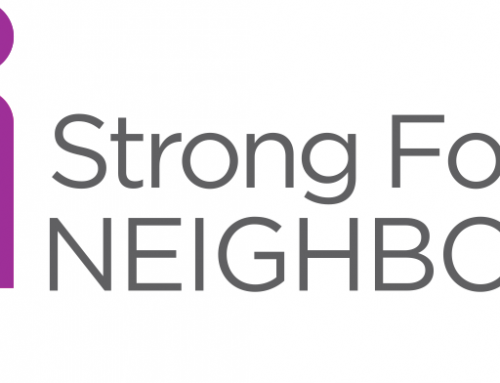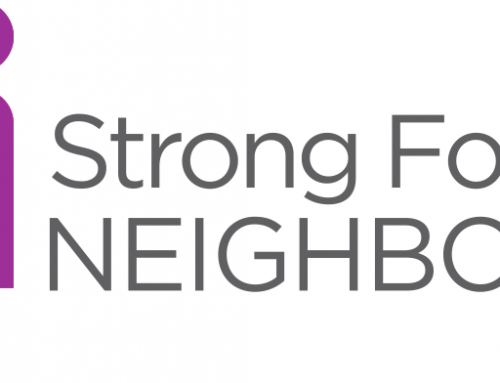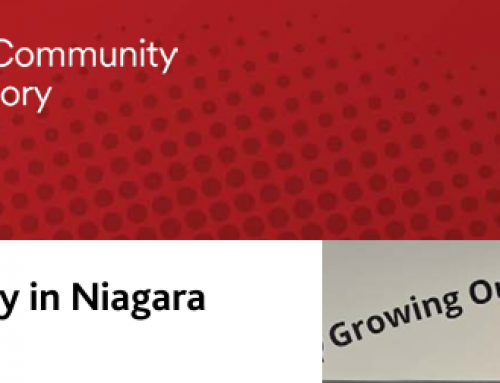“Everybody knows” that work is increasingly unpredictable and low-paying for many members of our community. However, a certain percentage of the labour force has always been faced with these challenges. To truly understand how things have changed, and the types of fresh solutions required, actual current data regarding precarious employment is very much required.
Precarious employment (PE) is not only ‘non-standard’ work (standard meaning full-time, permanent, with benefits). Actually, it can feature any or all of:
- Wondering if one will still have a job soon;
- Not having control over working conditions, wages and pace of work;
- Not feeling that the labour laws apply to one as they seem to do for others; and
- Not having enough income to maintain oneself as well as dependents.
Thanks to a recent grant from Ontario’s Trillium Foundation, the Poverty & Employment Precarity in Niagara (PEPiN) steering committee is organizing the PEPiN study. Our members include Brock’s Social Justice Research Institute and the United Way of Niagara Falls & Greater Fort Erie.
In 2012, research using methodology developed by Professor Wayne Lewchuk of McMaster was conducted, through a partnership between the United Way Toronto and York Region, McMaster University, and the Social Sciences and Humanities Research Council/Community-University Research Alliances project on Poverty and Employment Precarity in Southern Ontario. The PEPiN study will replicate this methodology to enable common variables for comparison between Niagara and our neighbouring communities.
Telephone calls will be made to find workers who meet the above description of PE. Interviewees will be asked survey questions so that we may better understand the challenges and issues facing people in this situation.
The PEPiN survey will be conducted through the balance of 2017 across Niagara’s 12 local area municipalities. In addition to extending to all communities, we fully expect that all sectors, from government, non-profits and education to agriculture, manufacturing and tourism, will be represented in the data set that results.
The PEPiN study group will then analyze telephone survey data for patterns, trends and areas for recommended action.
Our intent is that the data and its analysis will articulate for decision makers a clearer picture of the true nature, extent and impact of employment precarity on Niagara. This will enable evidence-informed decision-making and the reduction or elimination of negative impacts.
The final report of the PEPiN study will be shared here, on the Niagara Knowledge Exchange, so please stay tuned to this space for the findings.
You can stay in touch with the study and share your own experience of PE in Niagara, or of how PE was dealt with by an employer. You can learn more and advocate by visiting us at www.pepniagara.ca, on Twitter: @PEPNiagara, or on our Facebook page.
Precarious employment is a complex problem and many have a role in fixing it. How do you see yourself engaging in this work for Niagara?
Paul Connor
paulconnor.ca@gmail.com
Photo Credit: Cheryl DeWolfe








